The 10 Best PlayStation 5 Games of 2024 (So Far)
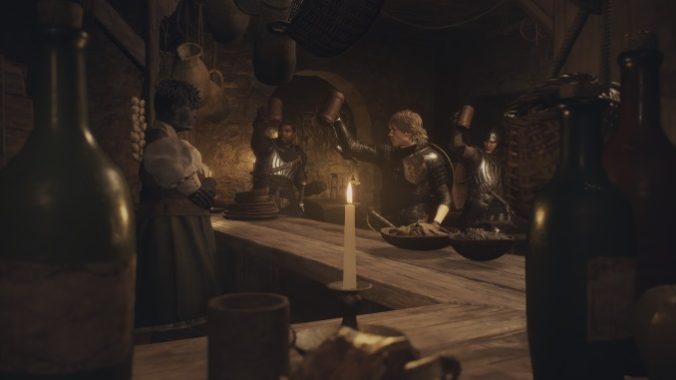
I’m sitting here trying to write an intro our list of the best PlayStation 5 games of 2024 so far, and remembering once again how the intros to best-of lists are as unfulfilling to write as they are to read. They tend to follow a standard script: a paragraph of quick and light references to recent trends in the industry / medium / artform, followed by another one with more specific info or examples, followed by a third that attempts some kind of synthesis and maybe an overriding theory of what it all means, and then a kick to the list itself. Throw in some jokes, some predictions, some warnings, and voila, you’ve got your intro. Rinse and repeat. Seriously, just go read the intro to our list of the overall best games of 2024 so far for that kind of business—and also to get a recap of how absolutely screwed this whole industry is right now.
The games business isn’t in a great place. That doesn’t mean there aren’t a lot of great new games to play this year, thankfully, across all platforms. If you play your games on a PlayStation 5, here are the best ones to dive into so far this year.
10. Crow Country
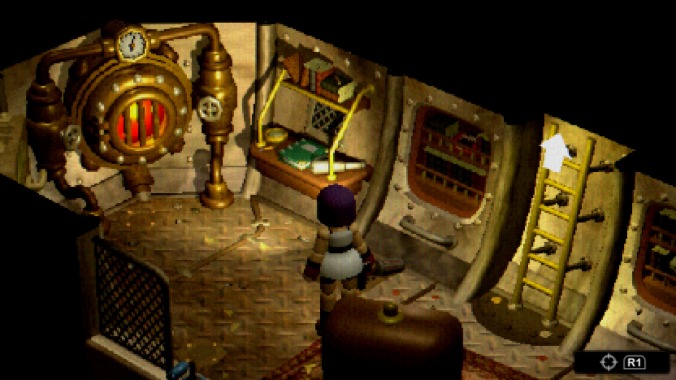
Set in 1990 in an abandoned theme park in Paste‘s home town of Atlanta, Ga., Crow Country wears its OG PlayStation influences on the sleeves of its Charlotte Hornets Starter jacket. On the surface it ticks off all the classic survival horror boxes: limited ammo and health, an awkward aiming system, incentivizing head shots (or even just running) over any other attacks, and a claustrophobic atmosphere full of dread and jump scares. I generally hate survival horror, so I’m glad to report there’s so much more to Crow Country beyond those genre trappings. It’s really more about puzzles than action, almost like a Sierra point-and-click with a three-quarters view and the occasional need to shoot something. You explore the park’s various themed areas, looking for clues to a bewitching central mystery about the park’s creation and abrupt closure. The writing is compelling throughout, both creepy and funny, and its small cast of characters are concisely sketched with lifelike depth. It’s an engrossing enigma that’s clever from start to finish, and with buckets of retro warmth and charm. Plus it mentions the Atlanta Falcons. Obviously I’m going to dig it. Don’t worry, though: even Saints fans will probably think it’s one of the best PlayStation 5 games of 2024.—Garrett Martin
9. Tekken 8

Tekken 8 may not be a sea-change sequel, but it hones what came before, reducing pain points for newcomers without reducing the complexity that makes this series special. Although the dust needs to settle to determine if its Heat system’s boons outweigh its shortcomings, the massive character movesets, rewarding roster, and explosive combos ensure its battles are exciting and tactically deep. Improved teaching tools, like its Arcade Quest mode and training room adjustments, make it easier to experience these highs. Additionally, its revamped look and hard-hitting aesthetics elevate not only its matches but also its story, a high-octane anime-inspired romp that ties together three decades of history into a resounding haymaker. If you’ve ever wanted to learn how to beat a buddy mashing cheap moves in your dorm, been curious about what’s going on under the hood as Arslan Ash and Knee duked it out in impossibly hype EVO sets, or wondered why these buff dudes keep throwing each other off cliffs, there’s never been a better time to dive into the strange and wonderful world of Tekken and find out for yourself.—Elijah Gonzalez
8. Alan Wake II: Night Springs
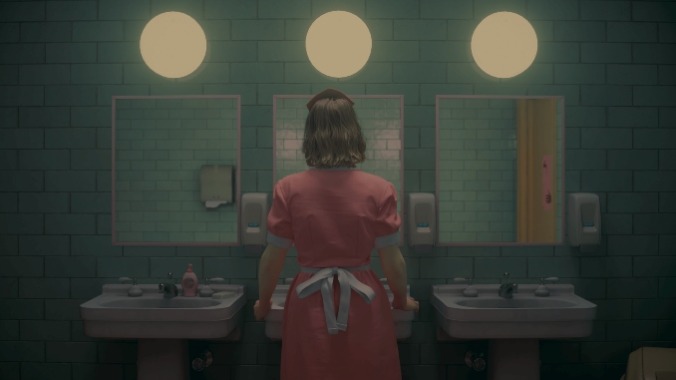
The three episodes of Night Springs exist to provide fun, hypothetical “What if?” scenarios to Alan Wake II players, and they largely succeed in doing so. There are moments that feel less than stellar, but the peaks of this expansion more than makeup for this. The most interesting part of this package, however, is how strongly these episodes reinforce the themes present in Alan Wake II. If that story is in part about breaking free from self-imposed creative demands, Night Springs shows what those demands create. These stories couldn’t break Alan out of the Dark Place—and only after seeing what allowed his escape can we examine his prior failings as a writer.—Perry Gottschalk
7. Helldivers 2
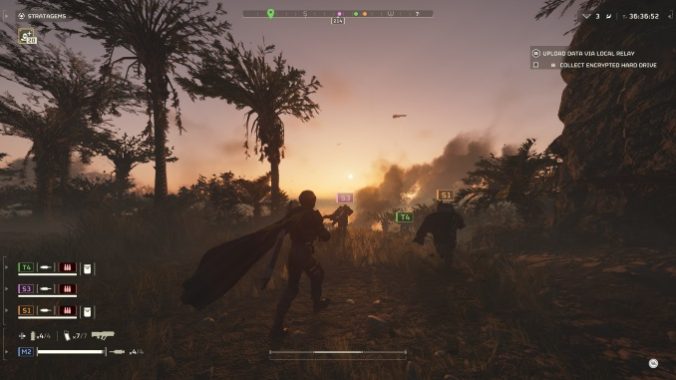
From the minute the game begins you will notice the charm that Helldivers 2 possesses. The opening cutscene explains why you’re here and what you’re fighting for: democracy. Helldivers sent from Super Earth are here to eradicate any and all evil across the galaxy to preserve our way of life. If that sounds like countless sci-fi plots from the past, you’d be right. You and I know that, but so does Helldivers 2. What sets Helldivers 2 apart isn’t its presentation but rather how it presents itself: with a healthy amount of self-awareness. There’s an undertone of self-aware bravado throughout all the dialogue, insinuating that death is the only result for either you or the enemy. Everything feels humorous and not meant to be taken too seriously. With lines of dialogue such as “How about a cup of liber-TEA?!” it’s a welcome breath of fresh air from how seriously other games can take themselves.—Matthew Reyes
6. Llamasoft: The Jeff Minter Story

Just as earlier Gold Series entry The Making of Karateka and its precursor Atari 50 gave us an in-depth look at the background and creation of the games they focused on, Llamasoft is full of videos and archival footage about game designer Jeff Minter’s decades-long history and how his games were created, marketed, and received by the press and the public. Minter himself is beguiling, a shamanistic figure who indulges his love of computer games, psych and prog rock, and hoofed mammals in semi-seclusion in Wales, and who has been an outspoken proponent of independent game design for most of his career. The latest entry in Digital Eclipse’s series of playable documentaries collects dozens of Minter’s early games, from his earliest ZX81 rough drafts up to his 1994 masterpiece Tempest 2000, and the hallmarks of a true artist are unmistakable. Throughout his career Minter has continually iterated on similar themes, mechanics, and images, creating a unified body of games whose dreamlike logic and visuals are at odds with their strict difficulty and well-defined mechanics. Minter’s work exists in the contrast between form and function; he’s a visual iconoclast resolutely exploring the most traditional notions of “gameplay” through surreal arcade games that always bear his personal signature. His games look like abstract art and play like something you could’ve found in a bowling alley arcade in 1985, and that’s about the most bulletproof approach to game design I can think of. For over 40 years Minter has made some of the greatest, most inventive games ever, and this brilliant collection is one of the best PlayStation 5 games of 2024.—Garrett Martin
5. Dragon’s Dogma 2

Although its story centers on a monarch trying to reclaim their crown and all the power that comes with it, Dragon’s Dogma 2’s greatest delights come from accepting you can’t control everything. You can’t influence inclement weather or the sun disappearing over the horizon as unsettling monstrosities burst from subterranean layers. You can’t blink across the world without paying for it, and instead, must take long journeys where the only cure for dwindling strength is rest. Sometimes, you can’t even get up a particular cliffside, its steep terrain forcing a different path. And most of all, you can’t always control who lives and dies (although there is a hilariously arcane process to resurrect the dead, for a price, of course). It’s not challenging in quite the same way as FromSoftware’s output, like Dark Souls and Sekiro, although I can see why those comparisons are made. Here, the toughness is less about learning to dodge-roll at the right time and more related to preparation and countering weaknesses. Dragon’s Dogma 2 also isn’t some entirely avant-garde, player-hating thing that rejects “fun” outright. It feels really good when you shield bash a guy, weaponizing the same inertia that’s sent you slipping down slopes to make a foe do the same. After hitting an off-balance enemy with a follow-up attack (aptly named “Empale”), the immaculate thud of the ensuing audio cue is music to my ears. It’s damn satisfying whenever things line up perfectly, like cutting a bridge out from under a charging Cyclops or sending a boulder ripping through an army of Saurians. But what makes these moments truly pop is that you don’t have fine control over when they arrive.—Elijah Gonzalez
4. Animal Well
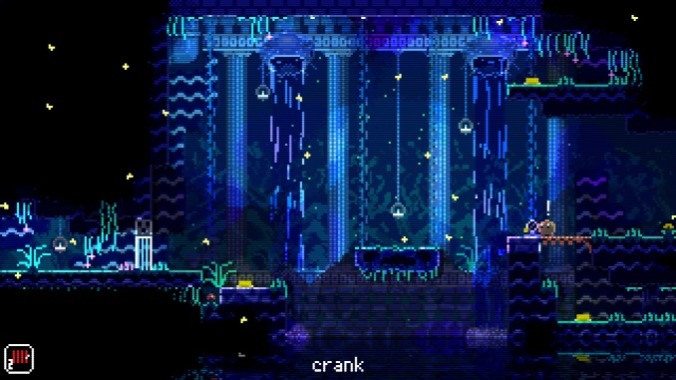
You’ve probably seen many of Animal Well’s components in isolation before. Its structure is at least partially inspired by games like Metroid, its style of puzzles bear a lot of resemblance to Fez, and its retro aesthetics call to mind a whole host of older games and contemporary works. But the way these parts come together is nothing short of uniquely enrapturing. Its smaller puzzles are rewarding, and its larger ones are so satisfying that things can quickly spiral into outright obsession, something made more captivating by this well-realized setting that is charming and disquieting in equal measure. At its core, Animal Well profoundly understands how to encourage and pay off curiosity, which is probably why, even after digging into and solving many of its mysteries, I still need to know just how much deeper this rabbit hole goes.—Elijah Gonzalez
3. Ultros
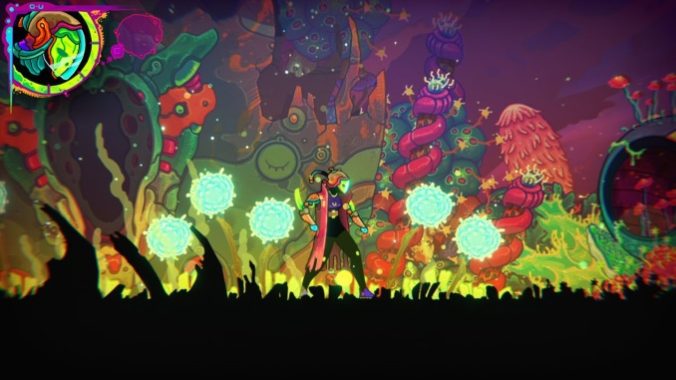
Playing Ultros is gaming in a cloud of color and confusion, a perpetually exciting state of being that evokes the earliest days of videogames while still feeling ahead of its time. Between your constantly shifting relationship with your surroundings, the cryptic goals and hallucinatory interactions, the structure and action of Ultros is as psychedelic as its music and art. And that’s genuinely shocking, as few games are as fiercely devoted to the psychedelic aesthetic as this one. The bright, brilliant artwork by El Huervo channels the twisty chaos of comics legend Brendan McCarthy (who might be better known today as the co-writer and designer of Mad Max: Fury Road), uniting the abstract and the visceral (literally—guts are an omnipresent symbol throughout Ultros) to create an art style unlike any other in games. Meanwhile Ratvader’s original score captures the yawning, dramatic stillness of Popol Vuh, the ambient German rock group who soundtracked several Herzog films. El Huervo’s art and Ratvader’s music are the most obvious psychedelic signifiers in Ultros, but the game itself lives up to their mind-altering ambitions. It’s one of the best PlayStation 5 games of 2024.—Garrett Martin
2. Elden Ring: Shadow of the Erdtree
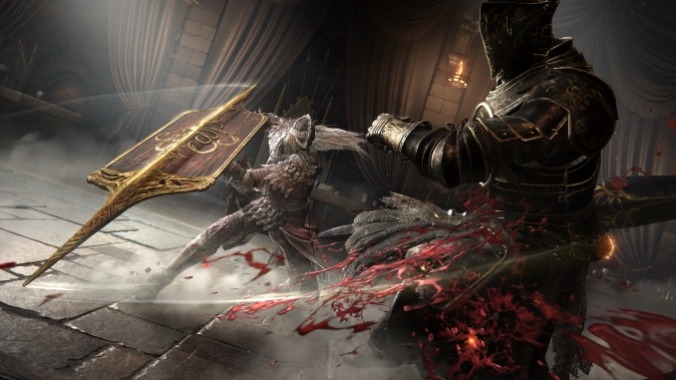
Going into Shadow of the Erdtree, I was somewhat worried that after two years and close to two hundred hours with Elden Ring, this follow-up wouldn’t be able to recreate the excitement of traversing the valleys and caves of The Lands Between for the first time; journeying through rot-filled underworlds, witnessing mass graves that demonstrate the Golden Order’s brutality, and forging pacts with lunar demigods. Thankfully, I was mistaken, as this expansion captures that same sense of breathless discovery but with a greater concentration of memorable sights. It’s large enough to create moments of surprise but has a more hand-crafted scope that moves you through novel locales and largely engaging boss fights at an impressive clip, finding a middle ground between the scale of FromSoft’s past work and Elden Ring. Here, there is a sense of falling down rabbit holes, as one obscure discovery leads to another until you’re deep beneath the surface or in the middle of a strange ritual ground you can’t comprehend. This studio deeply understands how to wring the divine out of this world where deities and mortals mingle, resulting in the same type of awe-inspiring ambiance and unforgettable backdrops that put Elden Ring in a league of its own. While I wish it solved more of the base game’s issues so there weren’t such steep valleys here, particularly around some of its slash-happy big bads, overall, Shadow of the Erdtree not only reaches the peaks of the of its predecessor but, in many ways, surpasses them.—Elijah Gonzalez
1. Balatro

As someone who would rather play virtually any board game than a hand of poker, I was pleasantly surprised by Balatro, a roguelike deckbuilder that transforms this card game into something else entirely. Some elements are what you’d expect; you begin with a standard 52-card deck and score by putting together traditional poker hands like pairs, flushes, and straights. However, where things get interesting is that over the course of a run, you can augment your deck by replacing certain cards with others, upgrading them, collecting passive upgrades that amplify your score, and more. Instead of playing against opponents like in Texas Hold ‘Em, your goal is to build hands that score enough chips to get you through an increasingly expensive series of antes. Like any successful deckbuilding game, decision-making matters in both assembling your deck and playing it. Instead of just going by traditional poker hand strength, points are calculated by multiplying the base amount of chips your hand is worth (chip count corresponds to the card rank, i.e., 9, 10, J, Q, etc.), with the particular multiplier associated with that hand (for instance, a two pair has a x2 multiplier while a three of a kind has a x3 multiplier). Where things get busted is that you can upgrade the multipliers associated with specific hands or cards, and passive abilities add to your multiplier, which can eventually dramatically boost the number of chips you earn. You can gear your deck around certain hands, suits, or passive abilities to increase the odds of hitting big. Outside of the deckbuilding, you’re given a wide array of options and information that makes it feel tactically deep. The game counts cards to let you know the odds, has the option to discard and redraw, allows you to change the order that passive abilities activate, and has consumable items. Good deckbuilders feel fair and like they offer meaningful decisions while constructing and playing your deck. Balatro does all that while also letting you blast apart the rules of poker.—Elijah Gonzalez